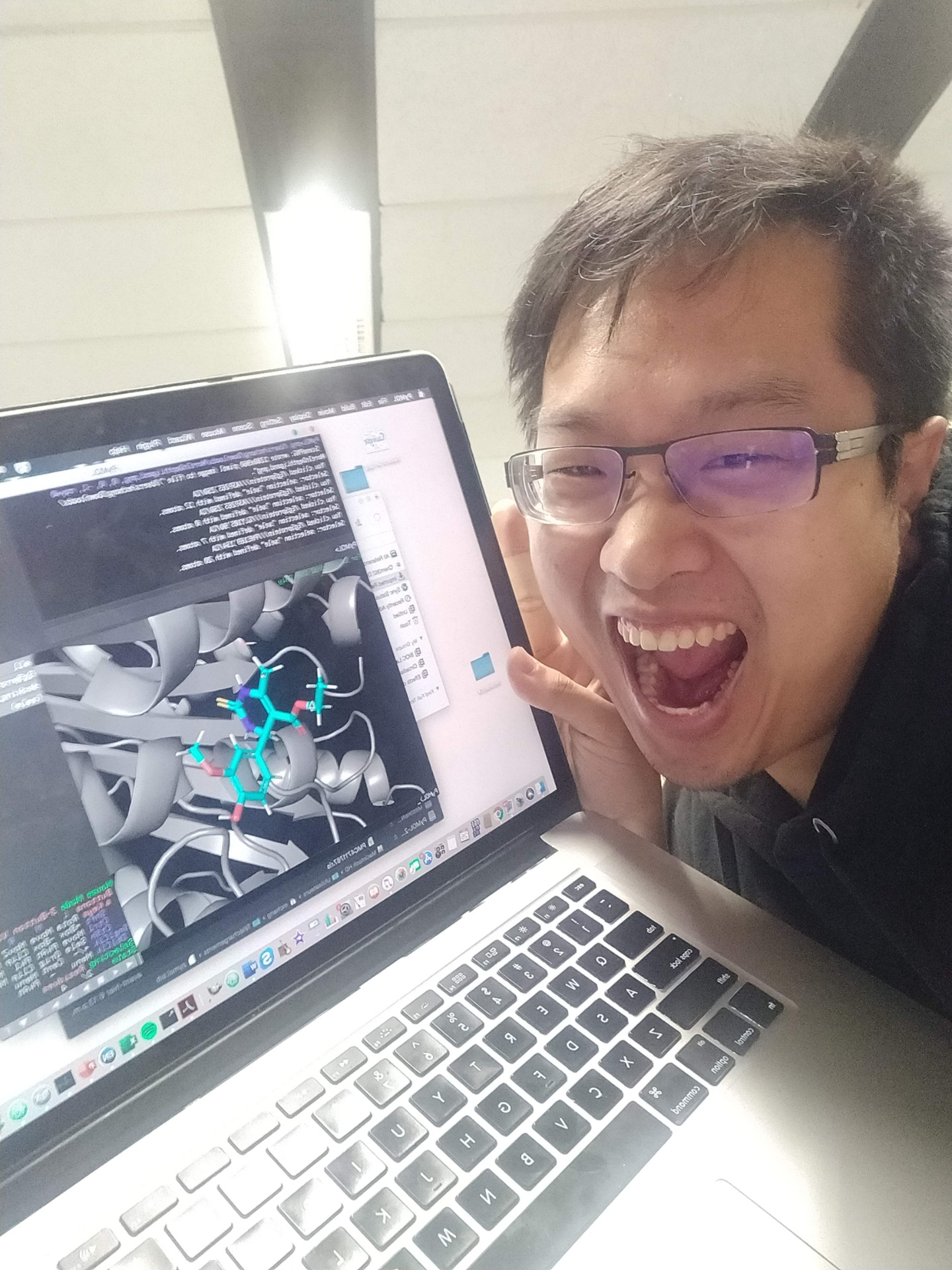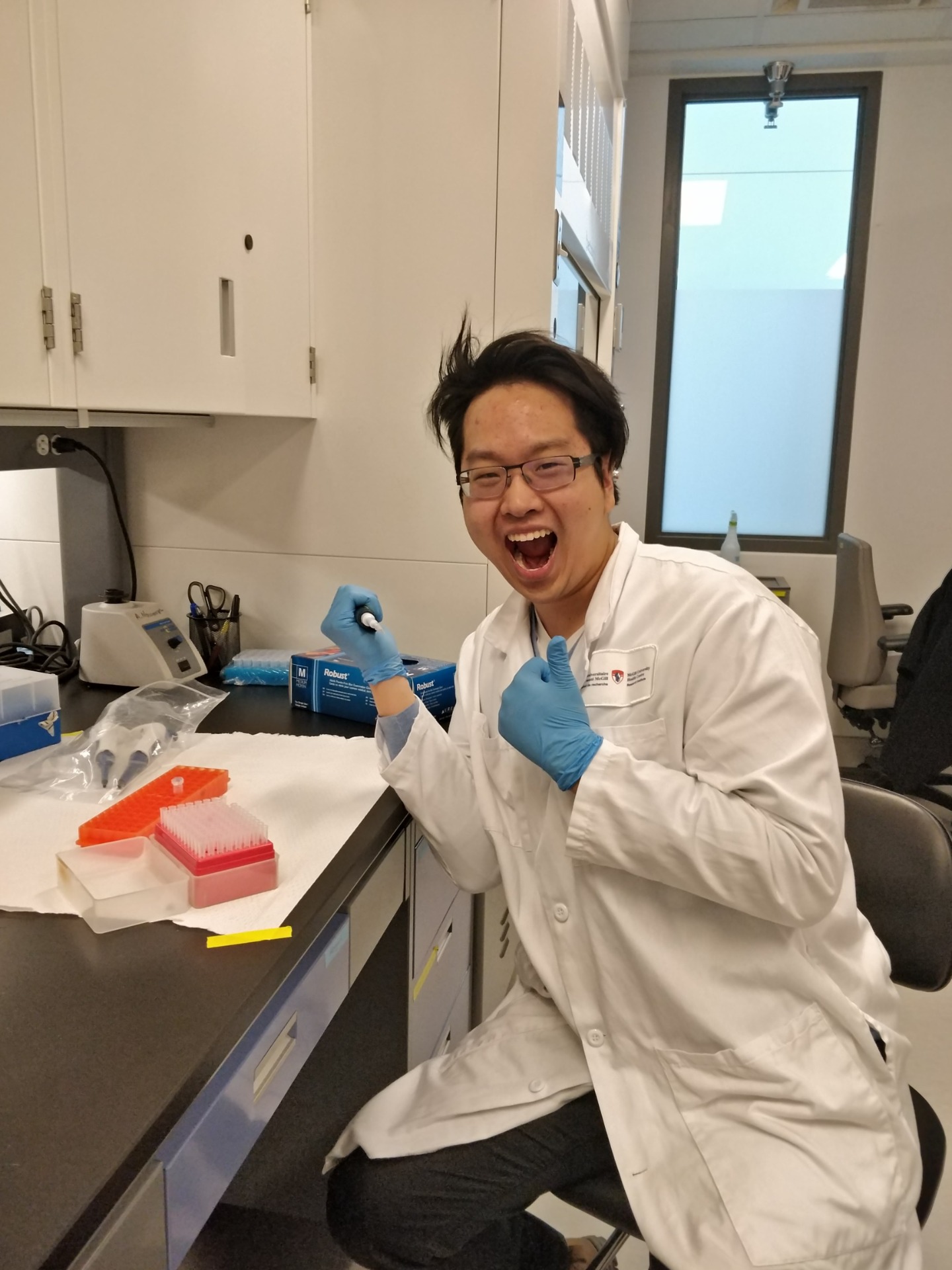MY RESEARCH
Epithelial cell morphology
Yamanaka Lab, Jan 2020 - Aug 2021
The epithelium is a continuous layer of cells covering most internal and external surfaces in the body and is essential for organ function. Epithelia can form various shapes, from simple tubes and ducts to complex organs and tumours as they are quite dynamic- they can be stretched, folded, and squished. The correct shaping of the epithelium is critical for its function. The characteristics of individual cells within an epithelium have the potential to dictate their subsequent shape. However, not much is known about how individual cells regulate their own shape.

Using human cancer cells that are known to be non-adherent, I found several conditions that caused the cells to aggregate with each other, one of which is the environment in which the cells are grown. Interestingly, these aggregates had shapes that were different in different environments. For example, cells grown in one environment looked like a bunch of grapes (loose and round), while cells grown in another caused their aggregates to look like a soccer ball (compacted and spherical). We also found that preventing specific proteins from functioning correctly also caused these cells to aggregate, with unique shapes.
I hypothesize that there are several other external factors that can cause epithelial cells to shape differently, some of which are oxygen levels, acidity, and different nutrients. I will continue to use our unique non-adherent cells to test these environments and look at how they aggregate. Furthermore, I will interfere with gene expressions to see which ones are important for regulating the cell's shape using functional shRNA screening.
iPS cells and Wilson's Disease
Lukas Lab, Summer 2019
Induced pluripotent stem (iPS) cells are reprogrammed human stem cells that may be generated from any cell in the human body and are able to differentiate into the majority of somatic cells. As such, they are an ideal model organism for studying embryogenesis and diseases. I was interested in modeling Wilson's Disease, a rare genetic copper-metabolic disorder of the ATP7B gene affecting mainly the liver, using iPS cells. Through the reprogramming of patient-derived fibroblasts into iPS cells, I assisted in the subsequent characterization of iPS cells.
Research goals involved the characterization of both fibroblasts and generated iPS cell lines. Characterization of the five fibroblast lines involved detecting the presence or absence of ATP7B in both the two wild-type lines and three Wilson's Disease lines. Characterization of the respective five reprogrammed iPSCs included similar ATP7B presence, along with pluripotency marker checks to prove the stem "cell-ness" of each line. All characterization of ATP7B in the fibroblasts and iPS cells was completed, and the majority of pluripotency marker characterizations were completed, with the exception of one iPS cell line due to time constraints.

Circadian rhythms, gene expression, and DNA methylation
Naumova Lab, Jan 2018 - Apr 2019

Chromosome 17q12-q21 region harbors genetic variants associated with childhood asthma and inflammatory bowel disease in humans. It spans protein-coding genes zona pellucida binding protein 2 (ZPBP2), gasdermin B (GSDMB), ORMDL sphingolipid biosynthesis regulator 3 (ORMDL3), and gasdermin A (GSDMA). Genetic variants in this region influence their expression levels. Therefore, regulatory variation is the likely mechanism by which 17q12-q21 genetic variants influence disease risk.
The circadian rhythm is an important biological system, functioning as the organism's core internal clock that regulates multiple functions, including sleep-wake cycle, homeostasis and metabolism. It regulates thousands of genes and may, in principle, be modified by genetic variation.
The goals of this study were to determine if (a) the mouse orthologs of the candidate causal disease genes of chromosome 17q12-q21 are subject to circadian regulation and (b) the deletion of the Zpbp2 gene that affects lipid metabolism and reduces airway hyperresponsiveness also modifies circadian regulation of neighboring genes. We hypothesize that the circadian clock affects transcription and methylation levels of the candidate disease gene orthologs Zpbp2, Ormdl3, or Gsdma. Therefore, we analyzed the expression levels of these genes in the liver, lungs, and small intestine of adult C57BL/6J mice and found diurnal variation in the expression of Ormdl3 and Zpbp2. The nuclear receptor subfamily 1, group D, member 1 (Nr1d1) gene, located about 200 kb downstream of Zpbp2 and controls lipid metabolism and circadian rhythms, was also tested. We also examined variation in DNA methylation of the Zpbp2 promoter/enhancer (P/E) region. Finally, using Zpbp2 knockout (KO) mice that carry a deletion of the P/E region, we established that the P/E region is important for the diurnal expression profiles of Ormdl3 in liver and Nr1d1 in lungs and small intestine.